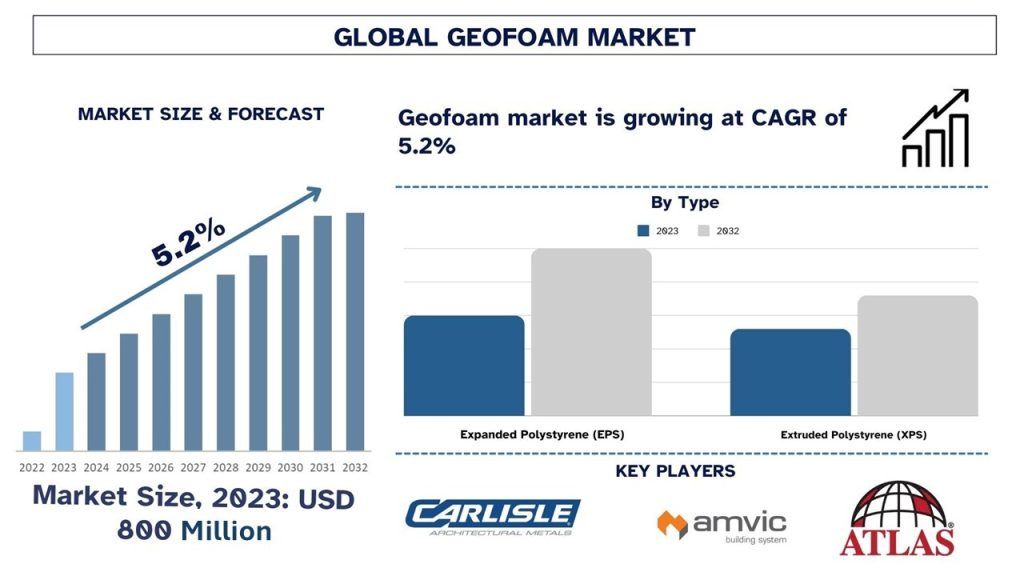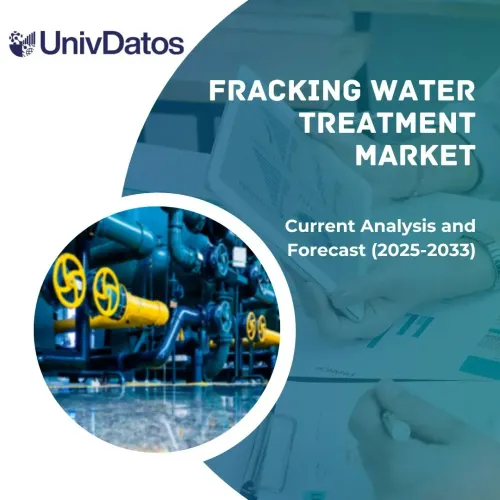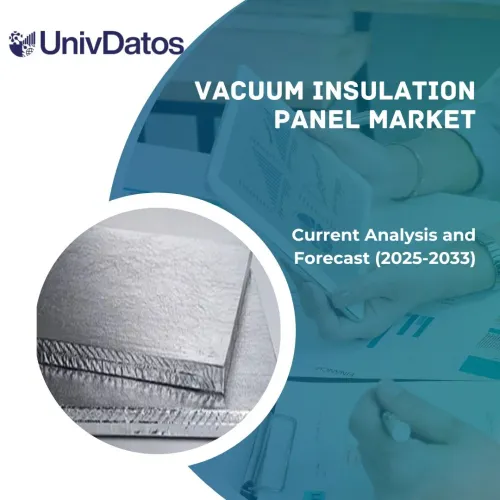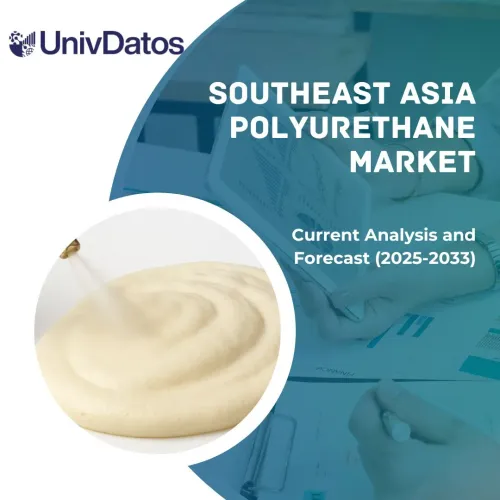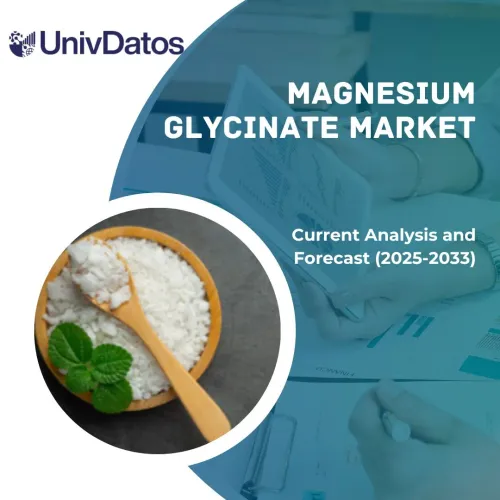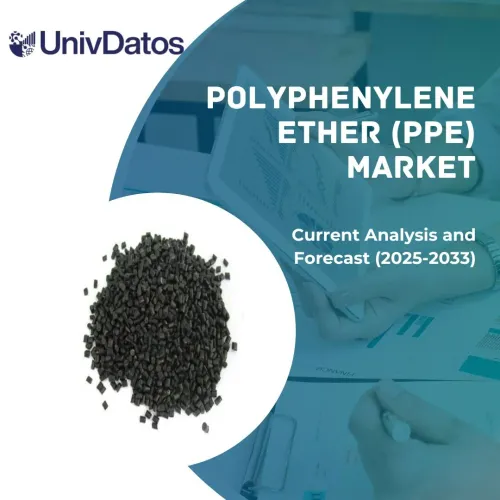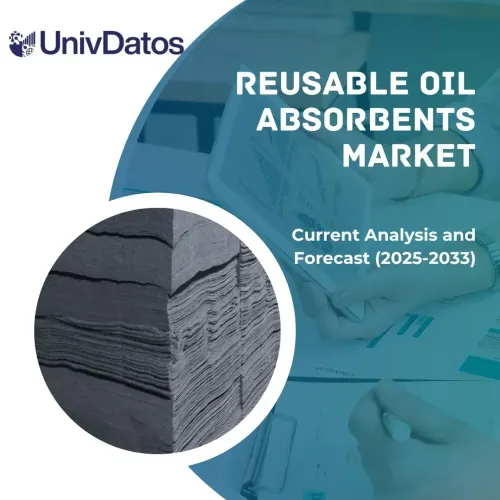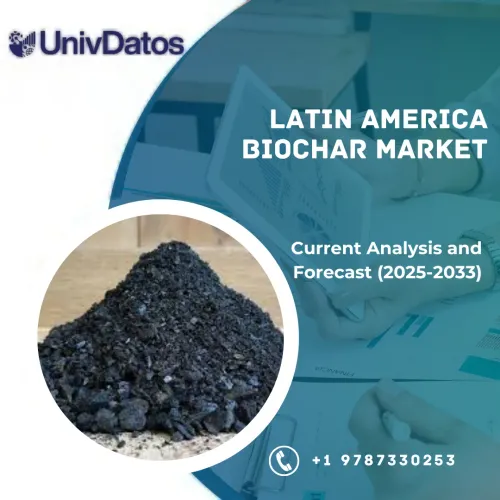- Home
- About Us
- Industry
- Services
- Reading
- Contact Us
Geofoam Market: Current Analysis and Forecast (2024-2032)
Emphasis on Type (EPS and XPS); Application (Structure Foundation, Embankments, Slope Stabilization, Insulation, Retaining Structure, and Others); End-Use (Road & Highway, Building & Infrastructure, Airport Runway & Taxiways, and Others); and Region and Country
Geofoam Market Size & Forecast
The Geofoam Market was valued at approximately USD 800 Million in 2023 and is expected to grow at a robust CAGR of around 5.2% during the forecast period (2024-2032). The important factors that are likely to promote the growth of the geofoam coatings market include rising infrastructure activities, a shift towards sustainability, affordable, and suitability across various industries.
Geofoam Market Analysis
Geofoam has been used as a geotechnical material over the last couple of decades. It is just 1% of the weight of soil and less than 10% of the weight of other lightweight fill alternatives. Thereby it is preferred among engineers as a soil substitute. Further, the use of EPS typically translates into benefits to construction schedules and lowers the overall cost of construction because it is easy to handle during construction, often without the need for special equipment, and is unaffected by occurring weather conditions. In addition, EPS geofoam can be easily cut and shaped on a project site, which further reduces job site challenges. Further, the material is resistant to alkalis, dilute inorganic acids, gypsum plaster, alcohols, Portland cement, silicone oil, and solvent-free bitumen. Therefore, as the world is building intricate civil engineering projects on soft ground and slopes, geofoam is one of the typical materials that is gaining market stakeholders’ traction.
Geofoam Market Trends
This section discusses the key market trends influencing the Geofoam segments as identified by our research experts.
EPS Segment Transforming Industry
Based on the type, the market is categorized into EPS and XPS. Of both, EPS accounted for a significant share in the market owing to its increasing use in road and airfield pavements and railway track systems, beneath refrigerated storage buildings, sports arenas, and storage tanks to prevent ground freezing and heaving, and in the below-ground building to reduce seasonal heating and cooling requirements. Further, in the case of XPS, hydrofluorocarbon (HFC-134a) gas is used as a blowing agent to create the pockets that give it its insulating properties. The HFC-134a is a potent greenhouse gas with a 100-year global warming potential (GWP) is 1430. Therefore, its demand is suffering due to stringent environmental regulations.
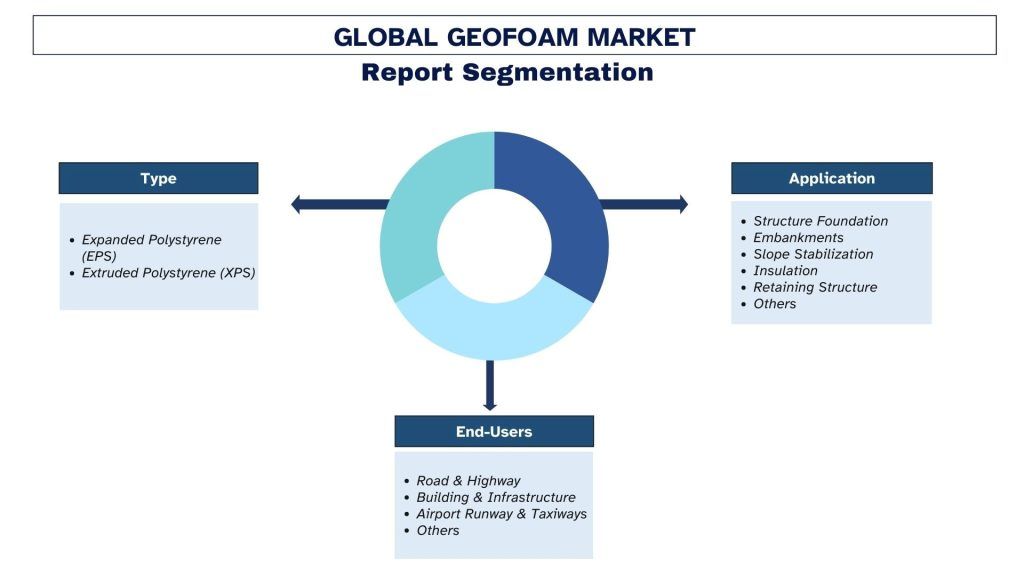
North America to hold a significant share of the market
North America accounted for a significant share of the market and is expected to showcase significant growth over the forecast period. This can be ascribed to the high awareness among the construction companies regarding the benefits of geofoam coupled with the presence of many geofoam manufacturers in the region. Also, in the last couple of years, the demand for geofoam has increased significantly in the region owing to rising government focus on sustainable developments.
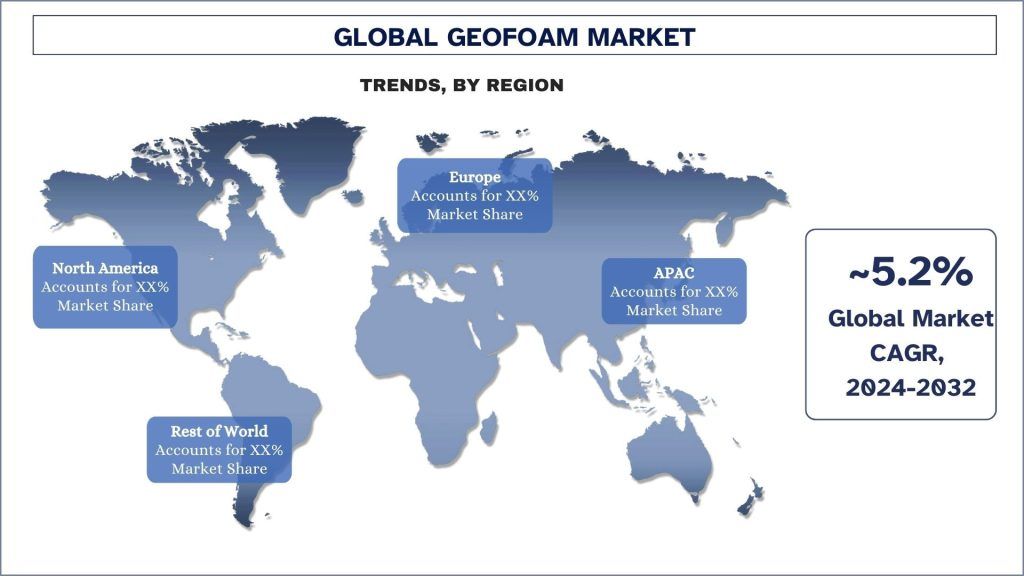
Geofoam Industry Overview
Geofoam is competitive, with several global and international market players. The key players are adopting different growth strategies to enhance their market presence, such as partnerships, agreements, collaborations, new product launches, geographical expansions, and mergers and acquisitions. Some of the major players operating in the market are Carlisle Companies Inc., Amvic Inc., Atlas Roofing Corporation, Universal Foam Products, Foam Products Corporation, Geofoam International LLC, ThermaFoam, LLC, Expol, Pacific Allied Products, Ltd, Technopol SA. Several M&As along with partnerships have been undertaken by these players to facilitate customers with hi-tech and innovative products/technologies.
Recent Development
In June 2021, Airfoam launched Foamshield, a new product for home insulation applications. The newly launched product is long-lasting and economical.
Geofoam Market Report Coverage
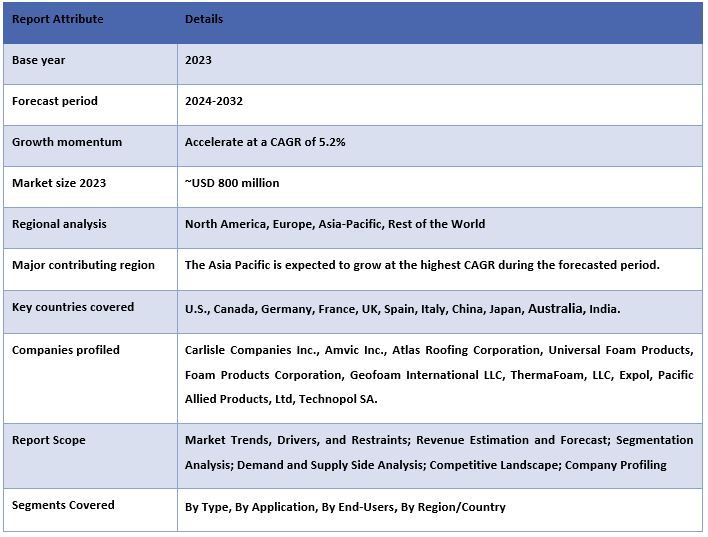
Reasons to buy this report:
- The study includes market sizing and forecasting analysis validated by authenticated key industry experts.
- The report presents a quick review of overall industry performance at one glance.
- The report covers an in-depth analysis of prominent industry peers with a primary focus on key business financials, product portfolios, expansion strategies, and recent developments.
- Detailed examination of drivers, restraints, key trends, and opportunities prevailing in the industry.
- The study comprehensively covers the market across different segments.
- Deep dive regional level analysis of the industry.
Customization Options:
Global Geofoam can further be customized as per the requirement or any other market segment. Besides this, UMI understands that you may have your own business needs; hence, feel free to connect with us to get a report that completely suits your requirements.
Table of Content
Research Methodology for the Geofoam Market Analysis (2022-2032)
Analyzing the historical market, estimating the current market, and forecasting the future market of the global Geofoam market were the three major steps undertaken to create and analyze the adoption of Geofoam in major regions globally. Exhaustive secondary research was conducted to collect the historical market numbers and estimate the current market size. Secondly, numerous findings and assumptions were taken into consideration to validate these insights. Moreover, exhaustive primary interviews were also conducted, with industry experts across the value chain of the global Geofoam market. Post assumption and validation of market numbers through primary interviews, we employed a top-down/bottom-up approach to forecasting the complete market size. Thereafter, market breakdown and data triangulation methods were adopted to estimate and analyze the market size of segments and sub-segments of the industry. Detailed methodology is explained below:
Analysis of Historical Market Size
Step 1: In-Depth Study of Secondary Sources:
A detailed secondary study was conducted to obtain the historical market size of the Geofoam market through company internal sources such as annual reports & financial statements, performance presentations, press releases, etc., and external sources including journals, news & articles, government publications, competitor publications, sector reports, third-party database, and other credible publications.
Step 2: Market Segmentation:
After obtaining the historical market size of Geofoam, we conducted a detailed secondary analysis to gather historical market insights and share for different segments & sub-segments for major regions. Major segments are included in the report, such as type, application, end-user, and region. Further country-level analyses were conducted to evaluate the overall adoption of testing models in that region.
Step 3: Factor Analysis:
After acquiring the historical market size of different segments and sub-segments, we conducted a detailed factor analysis to estimate the current market size of the Geofoam market. Further, we conducted factor analysis using dependent and independent variables such as type, application, end-user, and Geofoam regions. A thorough analysis was conducted of demand and supply-side scenarios considering top partnerships, mergers and acquisitions, business expansion, and product launches in the Geofoam market sector across the globe.
Current Market Size Estimate & Forecast
Current Market Sizing: Based on actionable insights from the above three steps, we arrived at the current market size, key players in the global Geofoam market, and market shares of the segments. All the required percentage shares split and market breakdowns were determined using the above-mentioned secondary approach and were verified through primary interviews.
Estimation & Forecasting: For market estimation and forecast, weights were assigned to different factors including drivers & trends, restraints, and opportunities available for the stakeholders. After analyzing these factors, relevant forecasting techniques i.e., the top-down/bottom-up approach were applied to arrive at the market forecast for 2032 for different segments and sub-segments across the major markets globally. The research methodology adopted to estimate the market size encompasses:
- The industry’s market size, in terms of revenue (USD) and the adoption rate of Geofoam across the major markets domestically
- All percentage shares, splits, and breakdowns of market segments and sub-segments
- Key players in the global Geofoam in terms of products offered. Also, the growth strategies adopted by these players to compete in the fast-growing market
Market Size and Share Validation
Primary Research: In-depth interviews were conducted with the Key Opinion Leaders (KOLs), including Top Level Executives (CXO/VPs, Sales Head, Marketing Head, Operational Head, Regional Head, Country Head, etc.) across major regions. Primary research findings were then summarized, and statistical analysis was performed to prove the stated hypothesis. Inputs from primary research were consolidated with secondary findings, hence turning information into actionable insights.
Split of Primary Participants in Different Regions
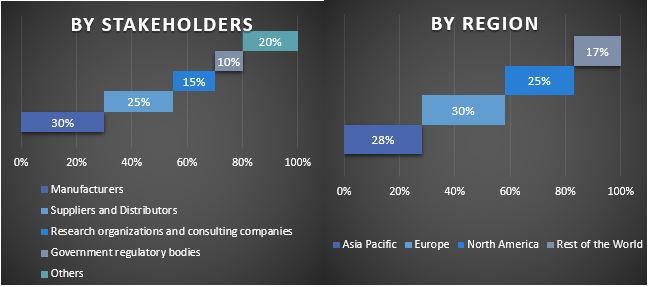
Market Engineering
The data triangulation technique was employed to complete the overall market estimation and to arrive at precise statistical numbers for each segment and sub-segment of the global Geofoam. Data was split into several segments and sub-segments after studying various parameters and trends in the type, application, end-user, and regions of the global Geofoam market.
The main objective of the Global Geofoam Market Study
The current & future market trends of global Geofoam were pinpointed in the study. Investors can gain strategic insights to base their discretion for investments on the qualitative and quantitative analysis performed in the study. Current and future market trends determined the overall attractiveness of the market at a regional level, providing a platform for the industrial participant to exploit the untapped market to benefit from a first-mover advantage. Other quantitative goals of the studies include:
- Analyze the current and forecast market size of the Geofoam market in terms of value (USD). Also, analyze the current and forecast market size of different segments and sub-segments.
- Segments in the study include areas of type, application, end-user, and regions.
- Define and analyze the regulatory framework for the Geofoam
- Analyze the value chain involved with the presence of various intermediaries, along with analyzing customer and competitor behaviors of the industry.
- Analyze the current and forecast market size of the Geofoam market for the major regions.
- Major countries of regions studied in the report include Asia Pacific, Europe, North America, and the Rest of the World
- Company profiles of the Geofoam market and the growth strategies adopted by the market players to sustain in the fast-growing market.
- Deep dive regional level analysis of the industry
Frequently Asked Questions FAQs
Q1: What is the global Geofoam current size and growth potential?
Q2: What are the driving factors for the growth of global Geofoam?
Q3: Which segment has the largest share of the global Geofoam by type?
Q4: What are the emerging technologies and trends in global Geofoam?
Q5: Which region will dominate global Geofoam?
Related Reports
Customers who bought this item also bought

